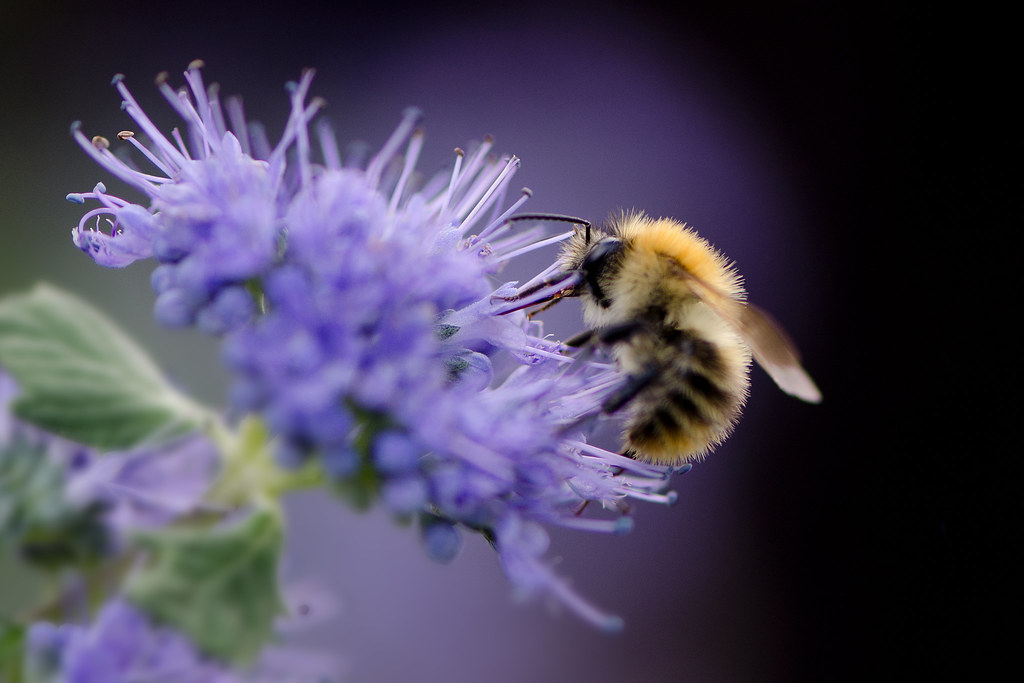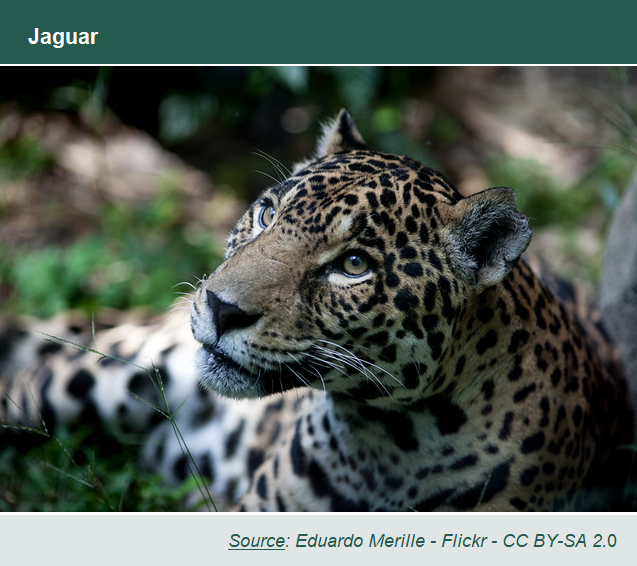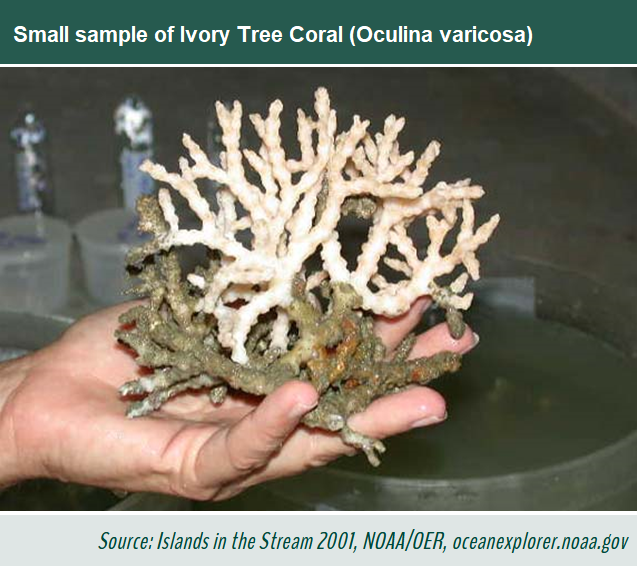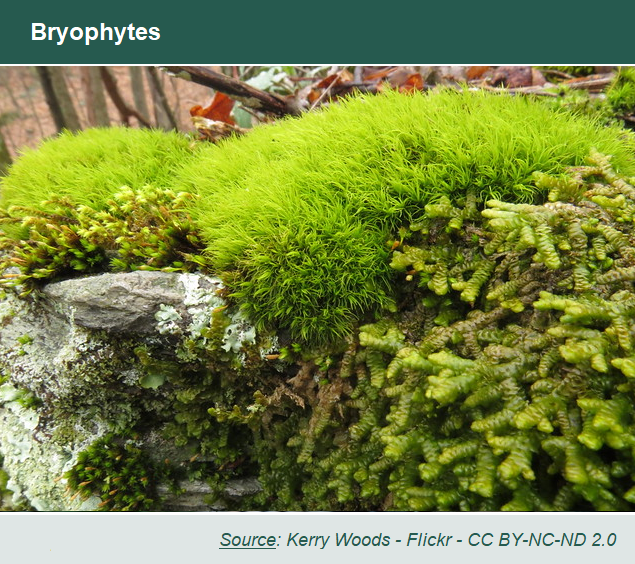 Jill Catley - Flickr - CC BY-NC-ND 2.0
Jill Catley - Flickr - CC BY-NC-ND 2.0
Saving Endangered Keystone Species: Key to Ecosystem Restoration
Ecosystem restoration
The goal of restoration is to protect and recover the integrity of damaged, destroyed and intact ecosystems, including a rich array of freshwater, marine and land ecosystems, as well as urban areas. According to the IPBES Global Assessment, 75% of land worldwide has been significantly changed, 66% of ocean area is experiencing increasing negative impacts, and over 85% of global wetlands have been lost. Between 2010 and 2015, around 32 million hectares of primary or recovering forest were lost in megadiverse tropics. Faced with the unprecedented degradation of the natural world, ecosystem restoration is more important than ever. However, restoration efforts cannot be effective unless we protect keystone species within these ecosystems, especially those that are endangered.
Endangered Keystone species
Keystone species are species that are key in maintaining the integrity of the ecosystems they belong to [IUCN]. Without keystone species, ecosystems and all species living in them would experience drastic changes that could threaten their existence. Global ecosystem restoration efforts depend on urgent action to conserve endangered keystone species.
-
Jaguars
Among the many keystone species that are vulnerable or already endangered is the jaguar (Panthera onca). The jaguar is the largest feline of the Americas, and plays a key apex predator role in forests and grasslands by maintaining balance in the food chain and preserving a healthy ecosystem [Ifaw]. For example, jaguars prey on other mammals such as deer, peccaries and capybaras, and without them these species would overpopulate and cause devastating impacts on vegetation. This would lead to the loss of thousands more species.
 |
Despite their importance, jaguar populations are increasingly under threat. Considered “Near Threatened” on the IUCN Red List and “Endangered” under Panamanian legislation, the jaguar has lost over 95% of its original range [UNEP] in Argentina and over 40% of its habitat in Panama has been lost due to changing land use. The main threats to its survival are increased urbanization, agriculture, and infrastructure projects, as well as human-jaguar conflict. |
But there is hope. Efforts by Rewilding Argentina, Yaguara Panama Foundation, and many more organizations are helping to find long-term, locally-led solutions to promote holistic co-existence of humans and jaguars, maintain jaguar populations and, as such, preserve the functioning of their ecosystems.
- Ivory Tree Coral
Coral has become one of the most mainstream examples of human activity’s damaging impact on biodiversity. The degradation of coral causes it to lose its fantastical colours, and some of the world’s wonder with it - but it also represents a huge threat to ocean ecosystems.
Ivory tree coral (Oculina varicosa), native to the waters of the Caribbean and the Gulf of Mexico, is another keystone species at risk of extinction. Unlike key predators, which keep other species’ populations in check, ivory tree coral is essential to its ecosystem because it provides a critical source of food and shelter for thousands of invertebrate and fish species.
| Ivory tree coral is being damaged by harmful fishing practices such as bottom trawling, plastic pollution, and ocean acidification [Oceana]. Restoring the ocean entails reducing the pressure of these environmental stressors [UN Decade] so that ecosystems can recover, but it also means protecting species such as the ivory tree coral and actively restoring them to ensure the livelihood of thousands of other species. |  |
- Bryophytes
Bryophytes, more commonly known as mosses, liverworts, and hornworts, are crucial to the survival of peatlands, and in turn to the regulation of the climate. Bryophytes slow down microbial activities that produce important greenhouse gases [The Conversation] and form the bulk of peat which locks down carbon dioxide. Yet the IUCN Red List estimates that 22.5% of bryophyte species are threatened with extinction at the European level [IUCN]. Without these bryophytes, peatland ecosystems cannot function effectively.
 |
Restoring peatlands is impossible without effectively restoring bryophytes. Scientists experimenting with the restoration of boreal peatlands in Canada have found that restoring bryophytes, through moss layer transfers and other methods, is more successful than the traditional tree-planting approach [The Conversation], whereby tree canopy is considered a measure of success. Because bryophytes are a keystone species of peatlands, their successful restoration means not only that the ecosystem functions will return, but also that other plants, including trees, will start to develop again naturally. |
Get Involved
- Spread the word
Raising awareness about the importance of ecosystem restoration and endangered keystone species is a great way to get organizations and individual people involved in local restoration efforts.
- Learn more
Knowledge is power! Knowing which species need attention in your local community and how to help is essential in starting and/or supporting local restoration initiatives. If you need inspiration, check out local initiatives led by members of the Decade Restoration Implementers’ Hub (see below) or read the Ecosystem Restoration Playbook, an informative guide outlining various approaches to ecosystem restoration.
The CBD Secretariat is working to launch an Online Course on Ecosystem Restoration in collaboration with UNDP and the Learning for Nature Platform. The course is based on the short-term action plan on ecosystem restoration. Stay tuned for the dates of the Massive Open Online Course (MOOC)!
- Join networks
The Global Youth Biodiversity Network (GYBN) globally connects young people who are passionate about biodiversity to inspire and raise awareness. GYBN represents the voice of youth globally in the negotiations under the United Nations Convention on Biological Diversity (CBD). By joining GYBN, you can be part of the solution for nature and start a local chapter of GYBN.
Do you already work in ecosystem restoration? Apply to join the Decade Restoration Implementers’ Hub to receive added support in your restoration efforts and be part of a global movement dedicated to restoring biodiversity.
----------------
Related Websites
References
[THE CONVERSATION] How scientists are restoring boreal peatlands to help keep carbon in the ground, the Conversation, Bin Xu, The Conversation, 8 avril 2021
https://theconversation.com/how-scientists-are-restoring-boreal-peatlands-to-help-keep-carbon-in-the-ground-145290
[IFAW] Saving the jaguar, an icon of biodiversity across the Americas, Kaila Ferrari, IFAW, 3 March 2020
https://www.ifaw.org/ca-en/journal/saving-the-jaguar-icon-biodiversity
[IUCN] European Red List of Threatened Species, IUCN, last visited on 12/02/2022
https://www.iucn.org/regions/europe/our-work/biodiversity-conservation/european-red-list-threatened-species#Bryophytes
[IUCN] IUCN glossary and definitions of terms, last updated on 3 May 2021
https://www.iucn.org/sites/dev/files/iucn-glossary-of-definitions_en_2021.05.pdf
[OCEANA] Ivory Bush Coral, Oceana, last visited on 12/02/2022
https://oceana.org/marine-life/ivory-bush-coral/
[UN DECADE] Oceans and coasts, UN Decade on Ecosystem Restoration,last visited on 12/02/2022
https://www.decadeonrestoration.org/types-ecosystem-restoration/oceans-and-coasts
[UNEP] Rewilding jaguars to restore nature in the Americas, Thais Narciso, UNEP, 12 Jan, 2022
https://www.unep.org/news-and-stories/story/rewilding-jaguars-restore-nature-americas